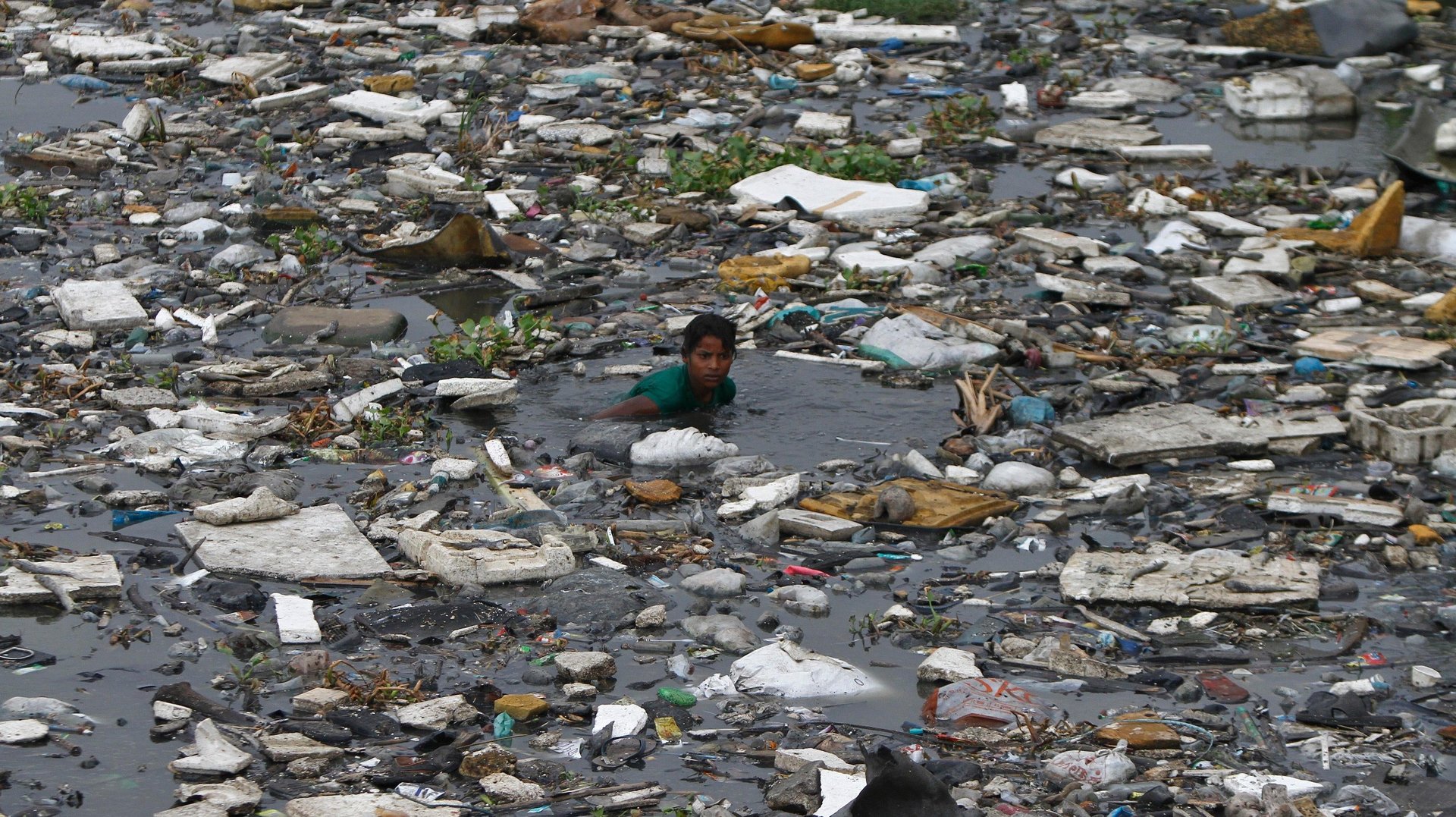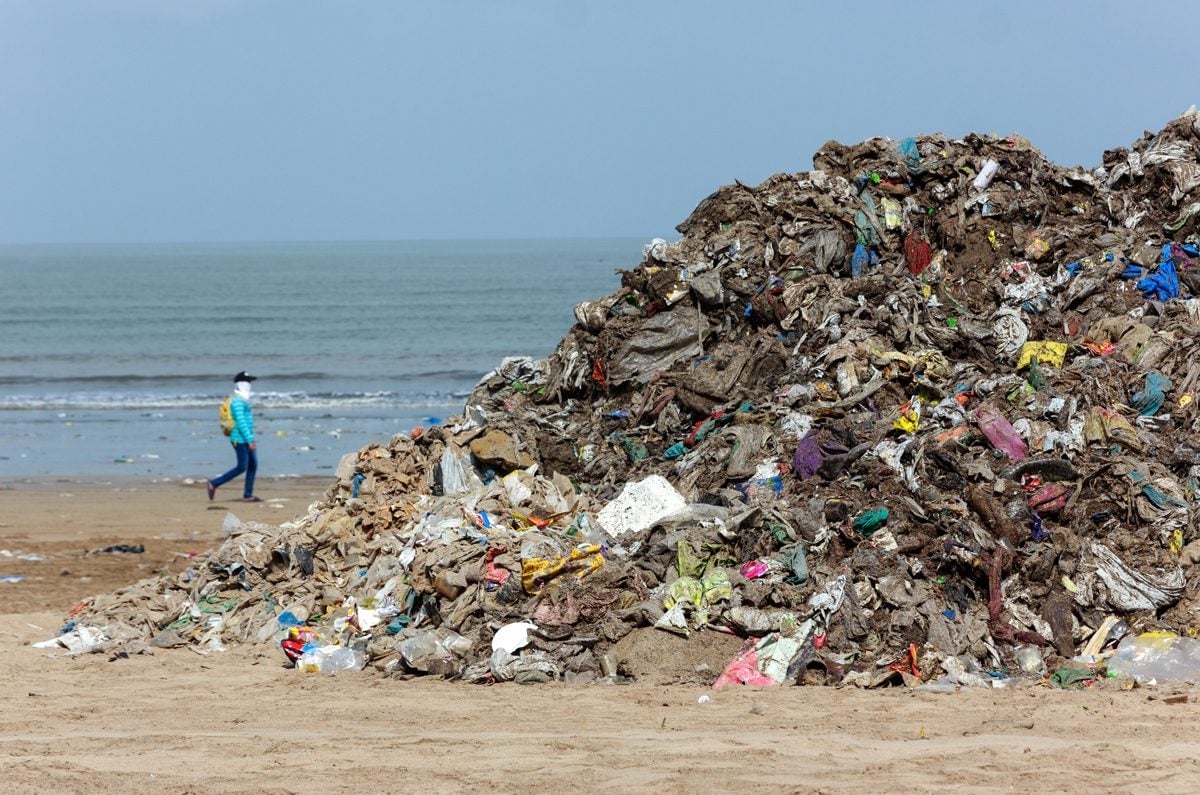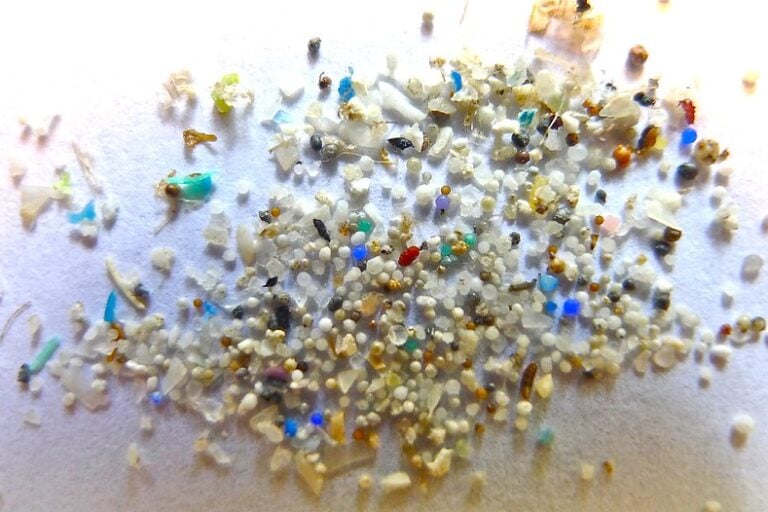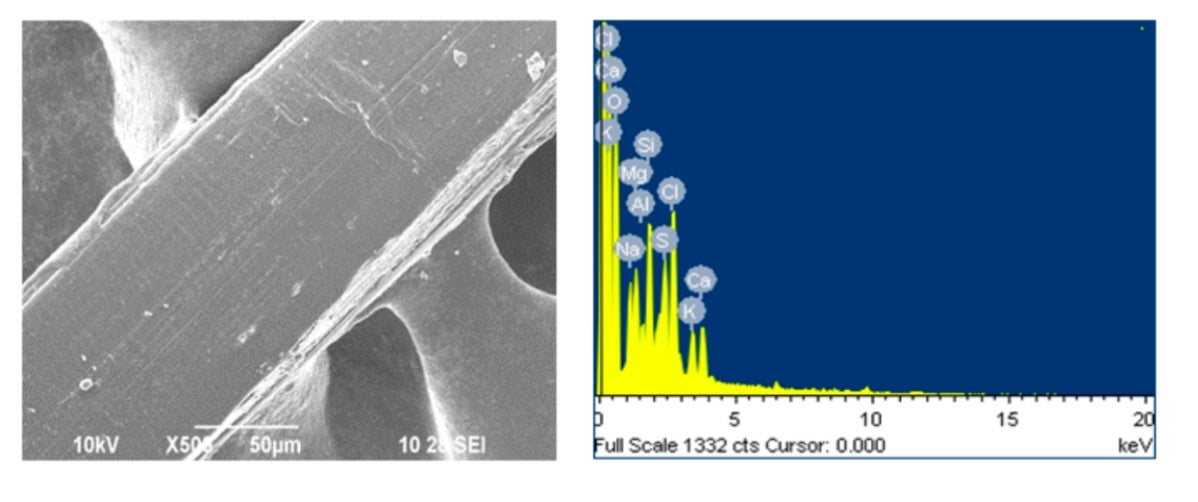Indians consuming salt are ingesting microplastics from waste dumped in seas
Traces of microplastics have been found in sea salt samples across the country

Plastic pollution is a significant concern for ocean ecosystems. Although the amount of plastic discarded into the ocean is hard to measure conclusively, estimates reveal that at least 14 million tons of plastic make their way to oceans every year. Without immediate action, the amount of plastic is projected to substantially increase in the next two decades.
The pervasive nature of plastic contamination in the marine world has come into widespread focus in recent times, with the detection of microplastics (plastic particles smaller than 5 mm) in various marine organisms, including fish, mussels, and crustaceans. Now, several studies have detected the presence of microplastics even in Indian sea salts, adding a new layer to the discourse on plastic’s omnipresence in our world.

Although considered virtually indestructible, plastic in the environment does undergo fragmentation due to exposure to ultraviolet radiation and external forces resulting in mechanical and biological degradation, creating smaller plastic particles. Based on the size, these particles are classified as macro, meso and microplastics.
The presence of microplastics has been analyzed in sea salt samples across the country by various research groups, emphasizing the need to rapidly address plastic pollution while keeping a check on marine-derived products.
Distribution of microplastics in Indian sea salts
In 2018, Chandan Krishna Seth and Amritanshu Shriwastav of the Centre for Environmental Science and Engineering, Indian Institute of Technology (IIT) Bombay, published a first-of-its-kind (in India) research article on the detection and evaluation of microplastic particles from commercial Indian salt samples.
The duo analysed eight samples obtained from markets in Mumbai. The brands were selected not only based on availability but also on popularity in the country. The salts were produced in Gujarat, Kerala and Maharashtra.
Seth and Shriwastav found microplastics in all eight samples, with counts ranging between 56 and 103 particles per kilogram of the salt sample.
Both fibres and fragments were found in the tested samples, with fragments dominating the identified microplastic population. The team also studied the composition of the microplastics and established the presence of polyesters (including polyethylene terephthalate (PET) and others), polystyrene, polyamide and polyethylene.

Extracted particles were also examined for their colours which ranged from brown, greyish-black, to purple, possibly indicating various sources of contamination. As the authors explained in the study, the PET found in the salt samples had a wide range of applications such as packaging material, bottle manufacturing and in textiles.
Shriwastav said that the results came as no surprise to him. “There were studies from the United States, China and various other places that had established plastic contamination in salts. India is a major consumer and producer of salt, and we did not have any such data available. This is why we felt it was important to carry out this research,” he said.
In the same year, Greenpeace East Asia released a report that 90% of the global table salt brands had microplastics in them, with one sample from Indonesia being the most contaminated of the lot. The country is the second-highest contributor to global marine plastic pollution. Of the 39 samples analysed, only three showed an absence of microplastics, highlighting the rampant nature of the issue. The study estimated that, on average, an adult could consume about 2,000 microplastic particles each year through their salt intake.
Salt of the matter
Globally, India is among the leading countries in salt production. In 2022, the country’s salt output was 45 million metric tons, second to China which produced 64 million metric tons. Sea water is a significant source of salt for Indian manufacturers. The IIT Bombay study not only highlighted but also encouraged further evaluation of plastic contamination in Indian sea salts.
In the country, Gujarat is the leading salt-producing state, followed by Tamil Nadu, where the port city of Thoothukudi is known for its salt pans. Researchers from the Suganthi Devadason Marine Research Institute, Thoothukudi, analysed seven samples of sea salt and seven samples of salt produced from borewell water to understand the level of microplastic contamination. The results were published in 2020.
Similar to the 2018 IIT Bombay study, the researchers found microplastics in all the salt samples. Sea salt samples contained about 35-72 items/kg of salt, while salts from borewell water had much lower microplastic contents with counts ranging between 2-29 items/kg, further reinforcing the high contamination levels in seawater.
Both Narmatha Sathish, the lead author in the Thoothukudi study, and Shriwastav state that the microplastic count, though small, is indicative of a much larger issue. Sathish, whose research focuses on coastal pollution, had earlier studied and reported the presence of microplastics in clams (Donax cuneatus), mesopelagic fish and beach sediments across coastal areas in Tamil Nadu. “Once we saw that microplastics were so widespread in coastal ecosystems, we knew we had to test salt samples next,” she said.

In their study, Sathish and team also revealed that beyond the presence of plastic particles, further weathering of microplastics can increase their polarity, porosity and roughness, making them vehicles of inorganic pollutants in the marine environment. In the analysed particles, they found the presence of iron, nickel and arsenic, consistent with existing reports of environmental pollution in the region due to industrial and domestic effluents, petroleum-related activities, and fly ash from the Tuticorin Thermal Plant.
In 2021, another study, A Vidyasakar et al. analysed crystal and powder salt samples from Gujarat and Tamil Nadu and found microplastic contents ranging from 46-115 particles per 200 g (in Gujarat salts) to 23-101 particles per 200 g (in Tamil Nadu salts). Similar to their predecessors, Vidyasakar et. al. identified the presence of polyethylene and polyester, while also detecting the presence of polyvinyl chloride in addition.
How does this impact humans?
As the impacts of microplastics on human health are not yet fully understood, Shriwastav feels that it is premature to draw any conclusions from the present studies. While the concentrations vary between salt samples, the Greenpeace East Asia study also showed how plastic emissions in a given region strongly influence the ingestion of microplastics via marine products. For example, while the study estimated the ingestion of 2,000 particles per year, Sathish et al.’s research showed that people could be ingesting about 216 particles per year via sea salt.

“We also need to keep in mind that sea salts are just one of the many sources through which we now ingest microplastics,” elaborated Shriwastav. Apart from its presence in seafood, microplastics have been discovered in the air we breathe, in fruits and vegetables and in the water we drink.
“While direct consumption of salt may not expose one to large amounts of microplastics, we see exposure to higher concentrations if we combine all the possible routes. Unless we have health risk assessments factoring in all these routes of entry and the resulting dose, it would be difficult to comprehend the resulting effect,” he added.
In the meantime, his research does show that mitigation is possible by simply filtering seawater, thereby reducing the transfer of microplastics to the produced salt. Sathish also shared that her team is exploring natural methods to reduce and remove microplastics from edible sea salt.
Leo F. Saldanha, Coordinator at the Environment Support Group, said that despite microplastics being a ubiquitous issue, regulations are virtually absent to address their presence and contamination in the food system. Like Shriwastav, Saldanha was not surprised by the findings of the studies. “Considering how rampant plastic usage is and how the waste is mismanaged, we will find microplastics wherever we look for it,” he said.
“Extensive burning of waste and reckless disposal of plastic just about everywhere in the country heavily contributes to the generation of microplastics,” he explained.
This post was originally published in Mongabay India.